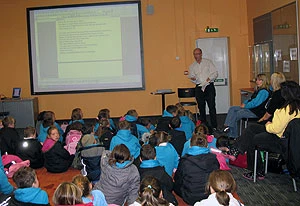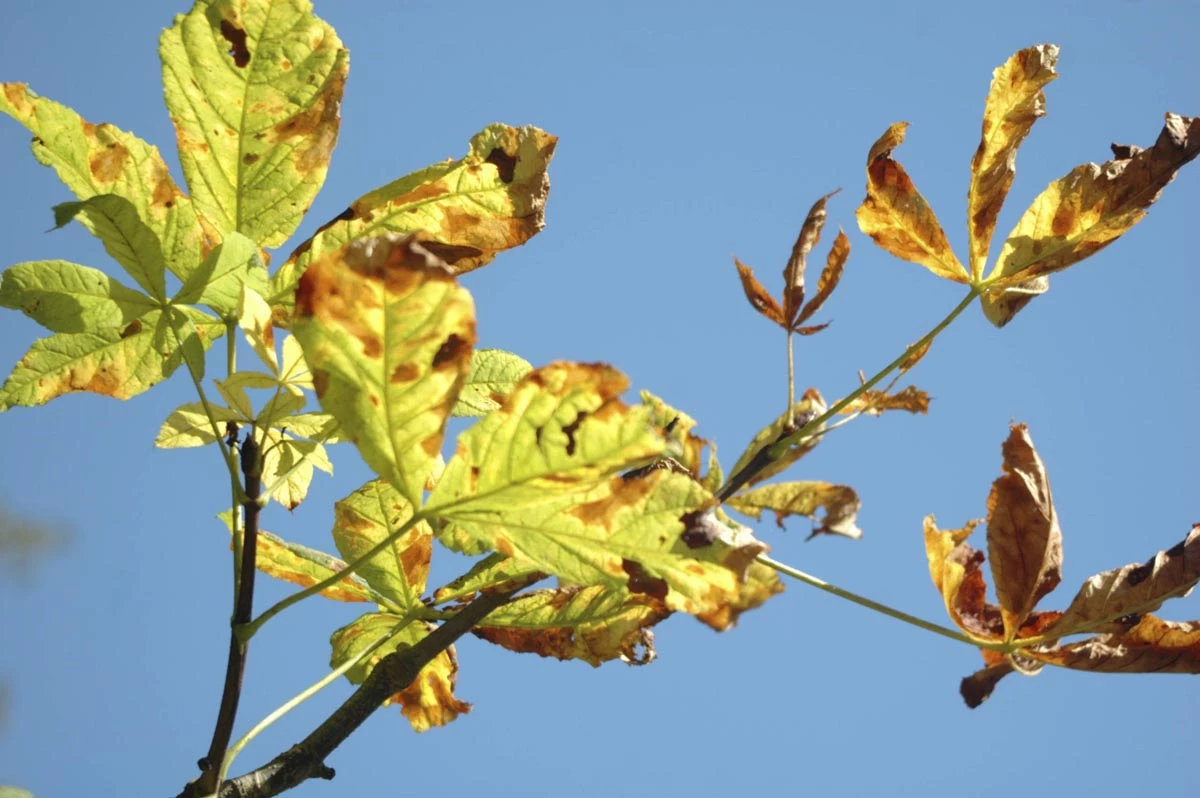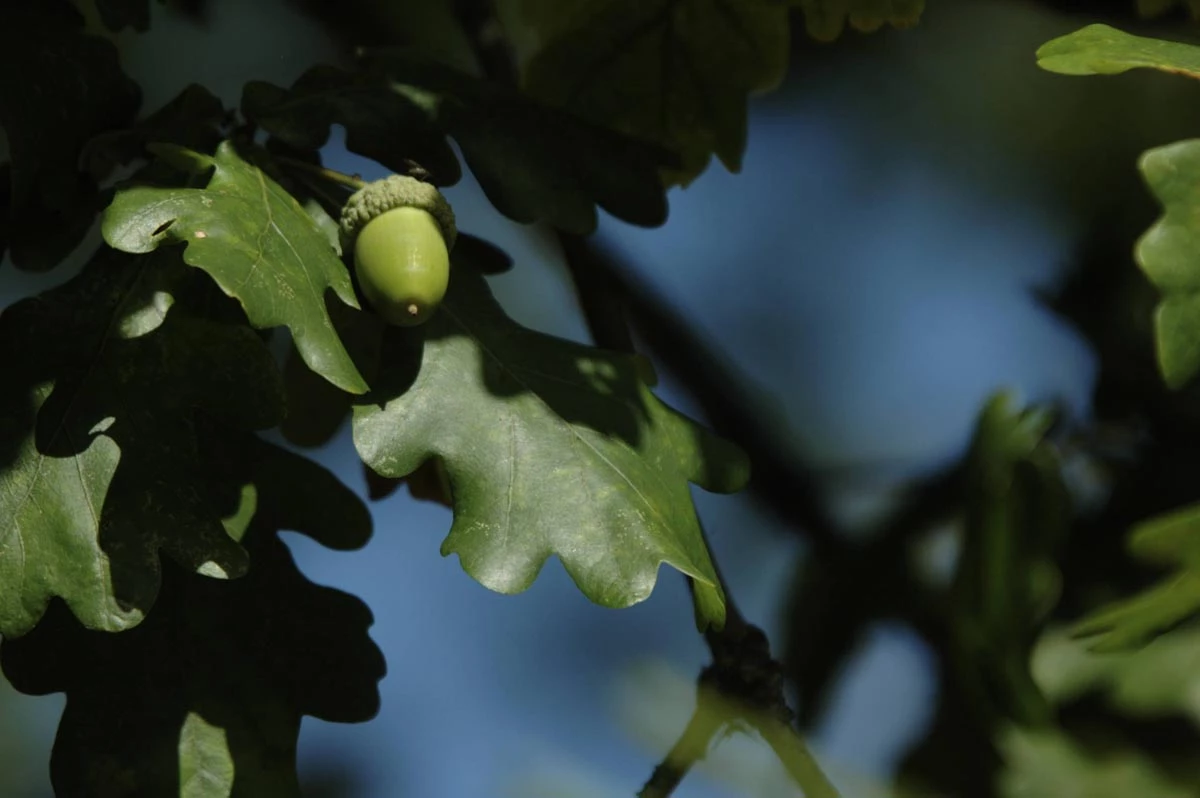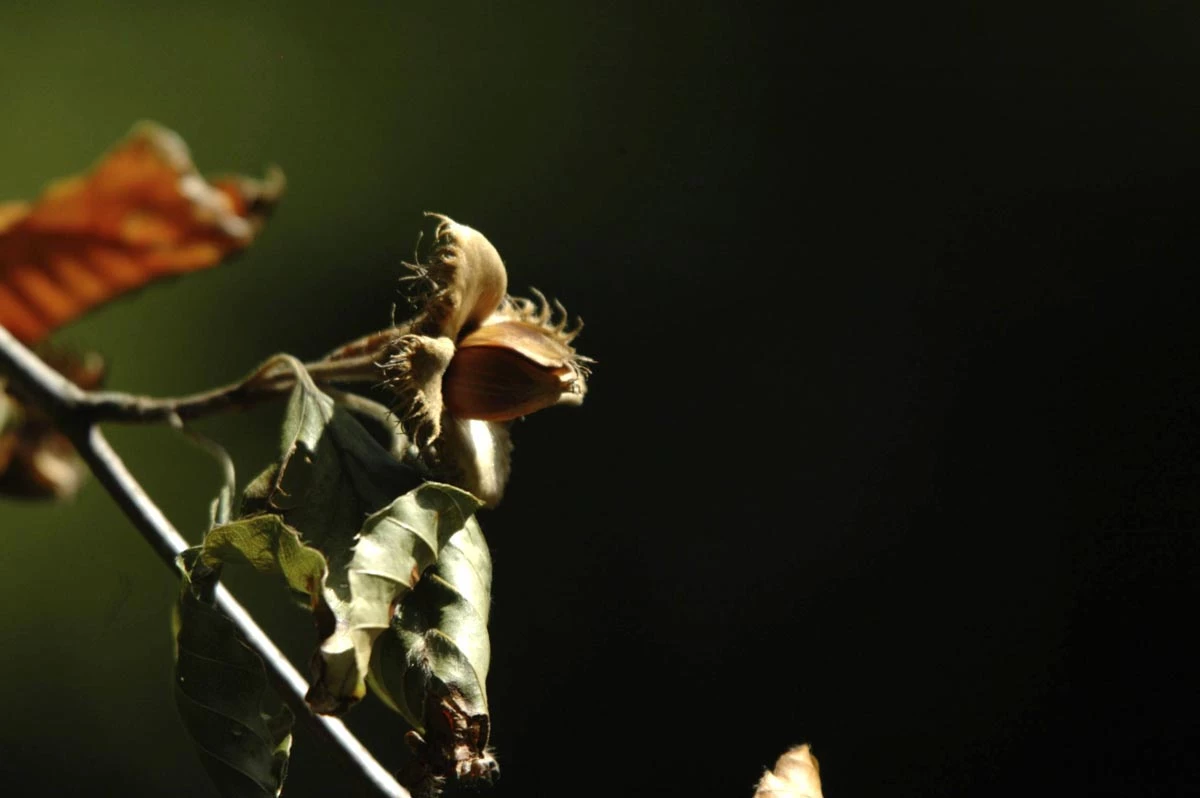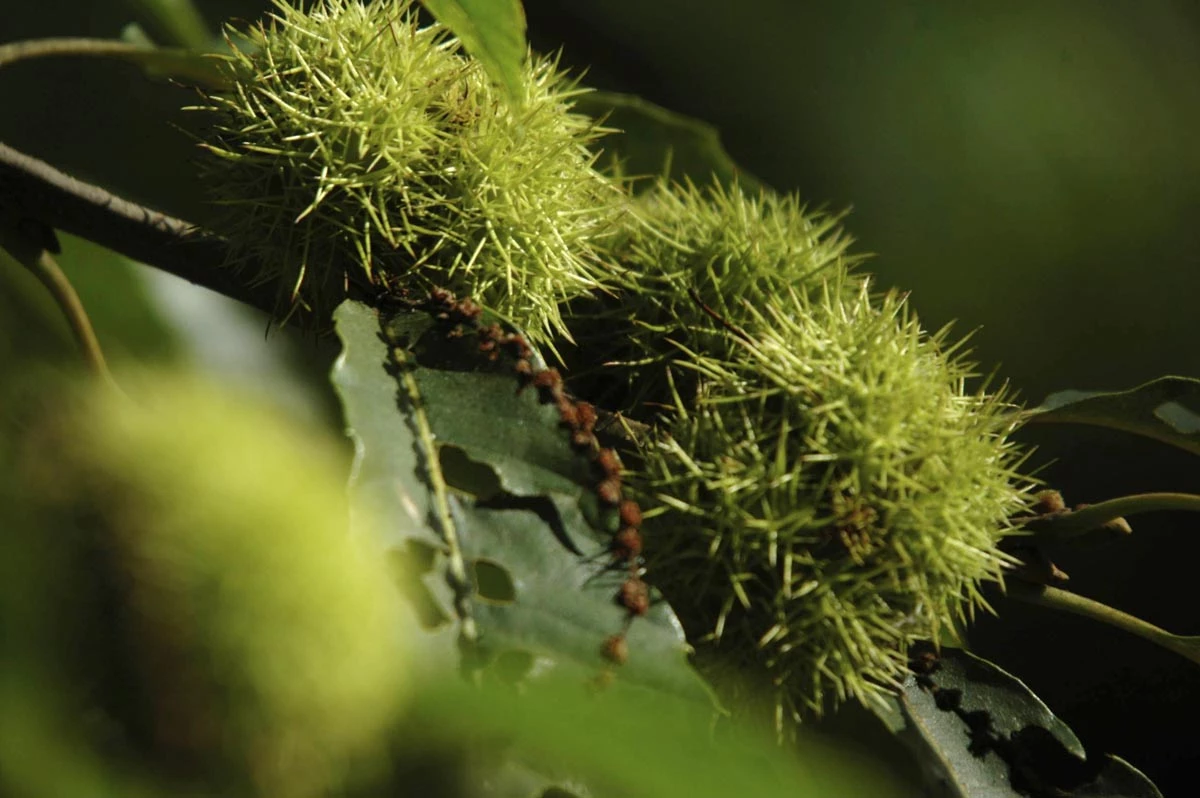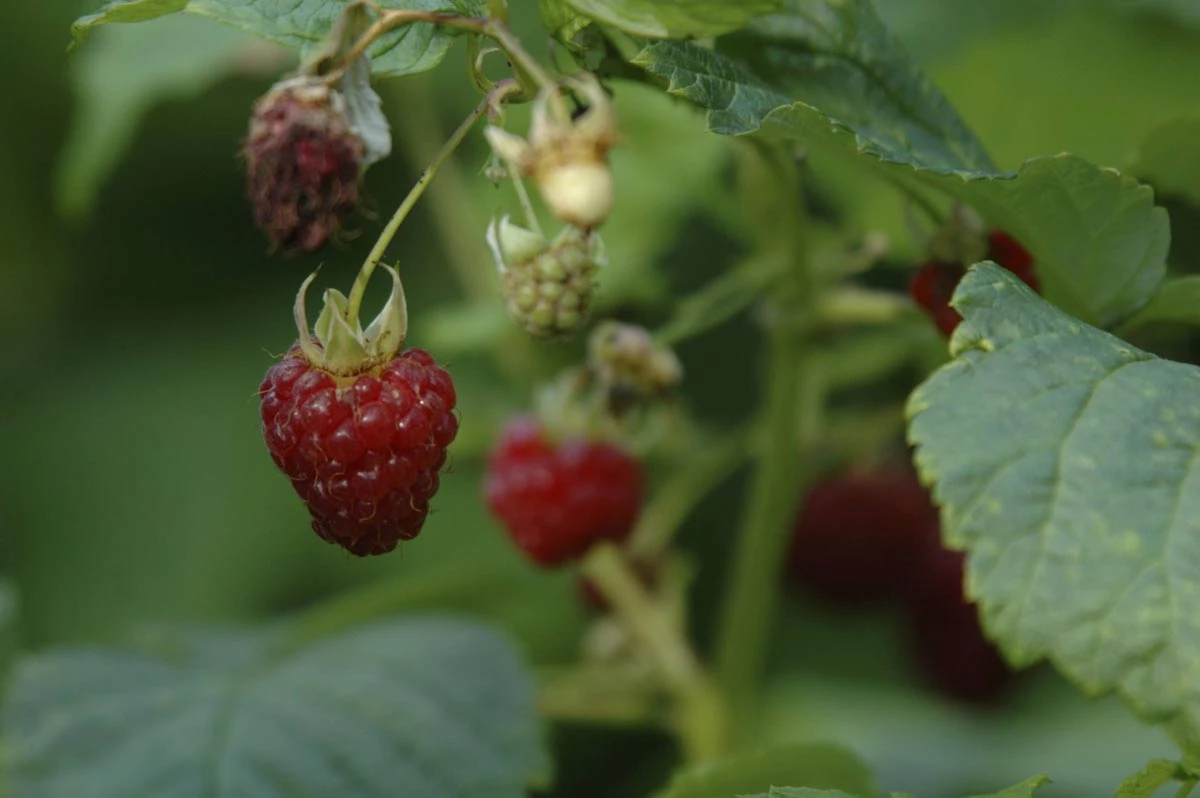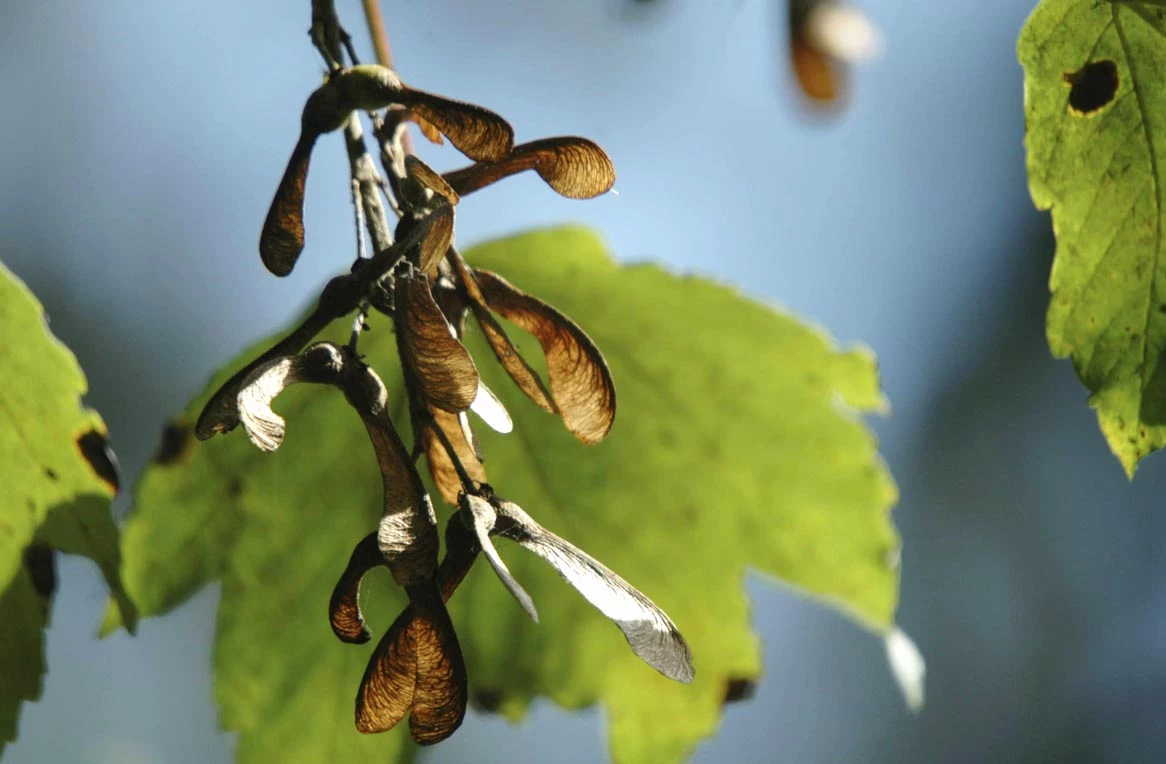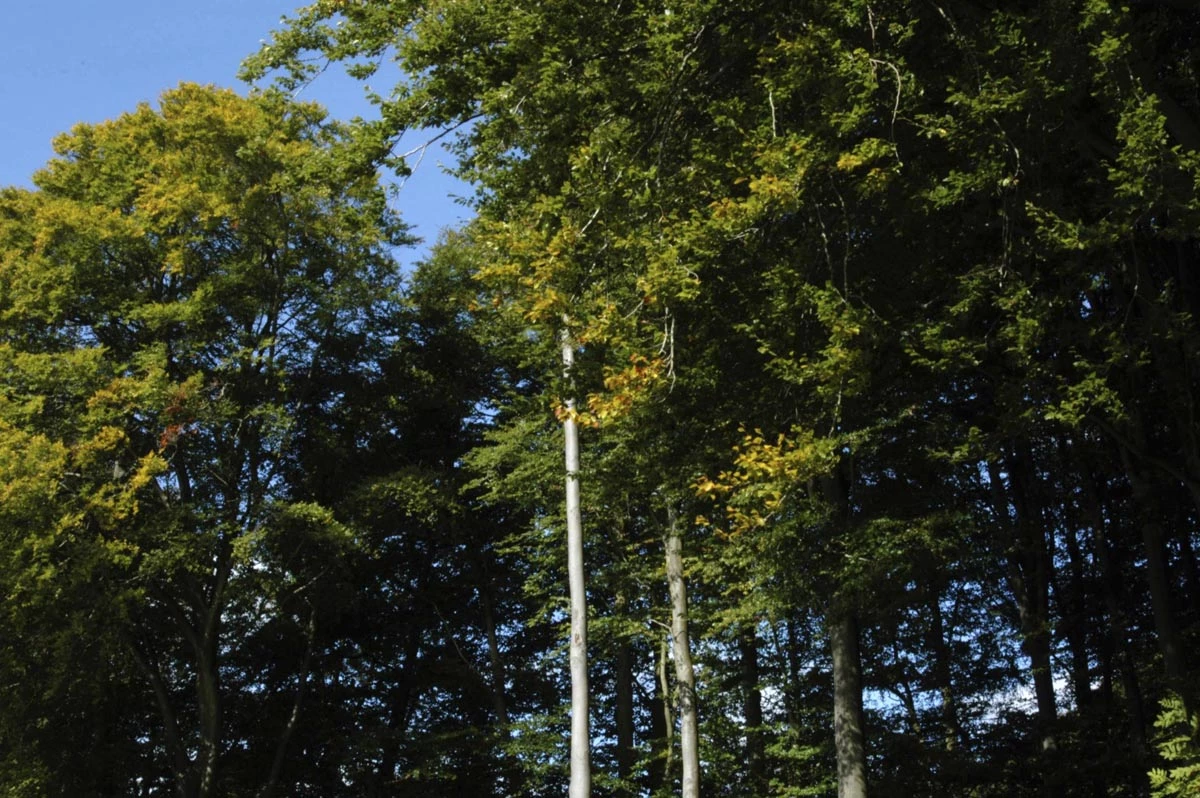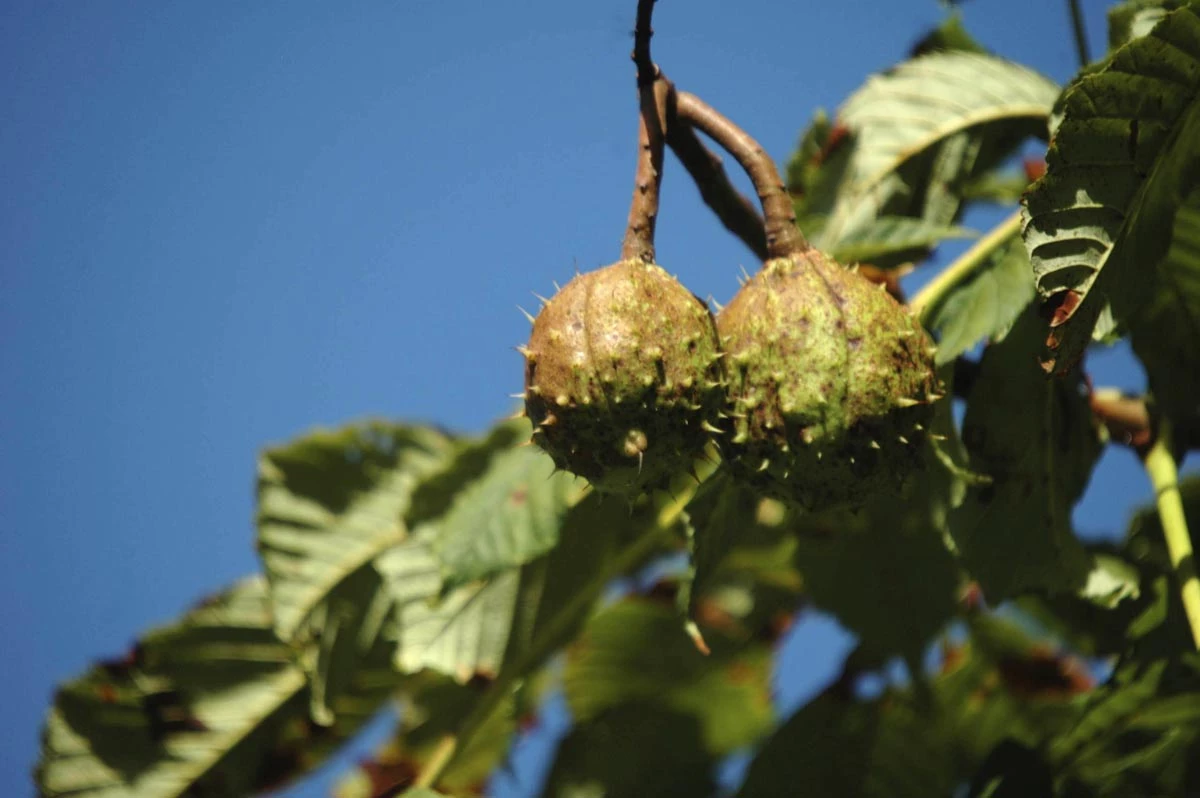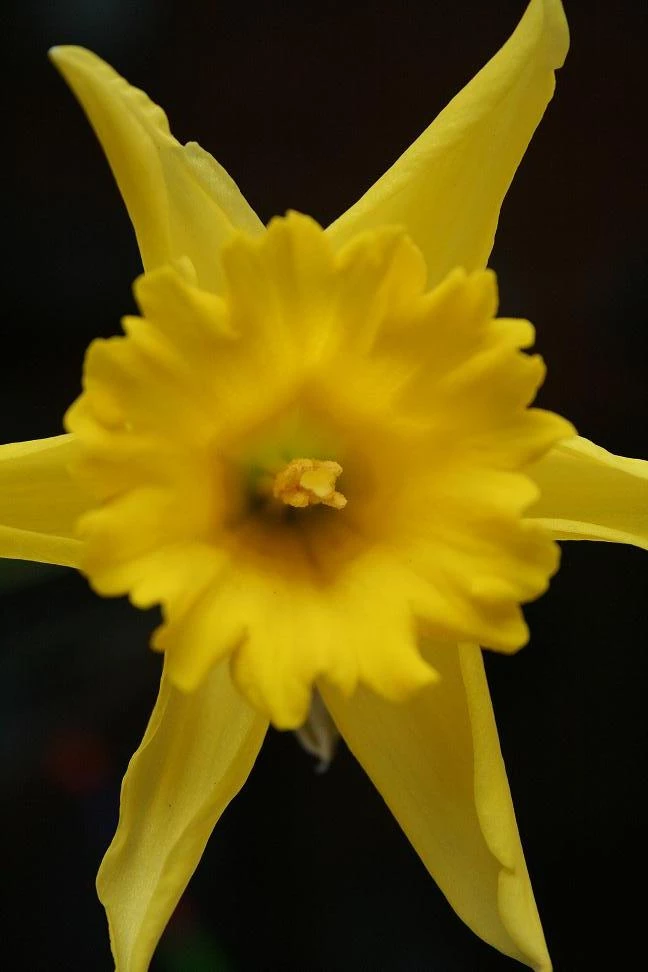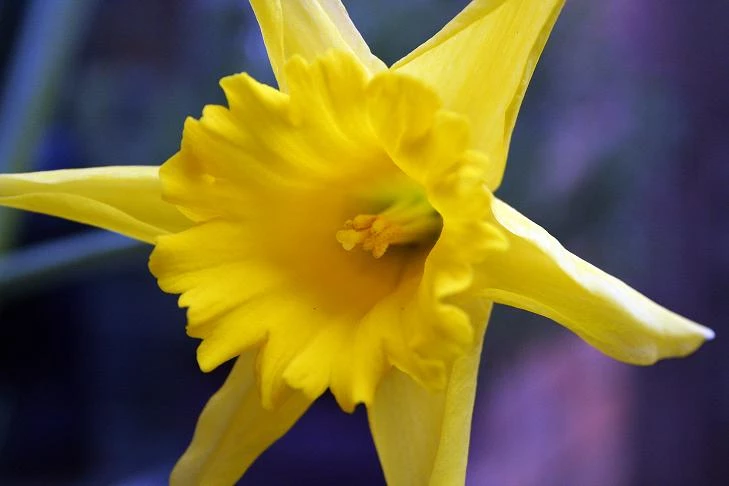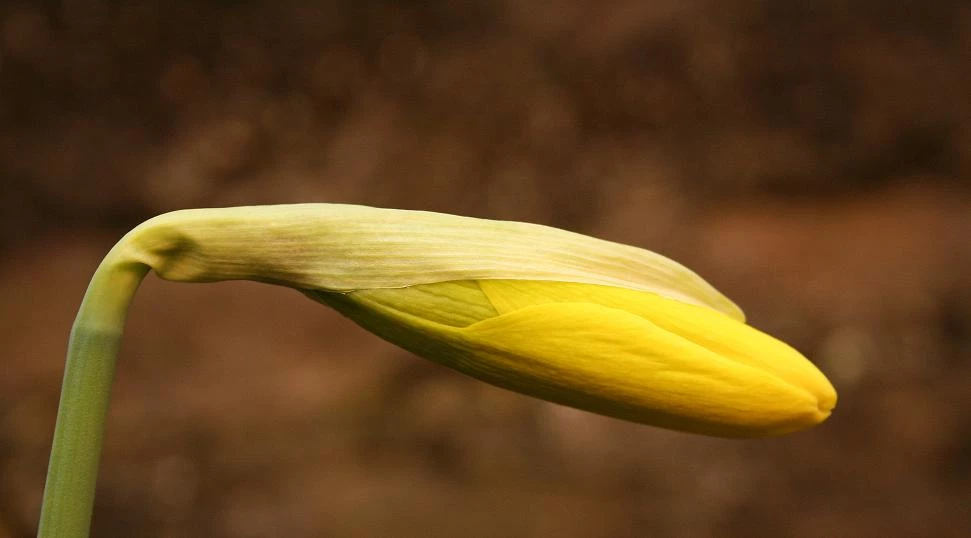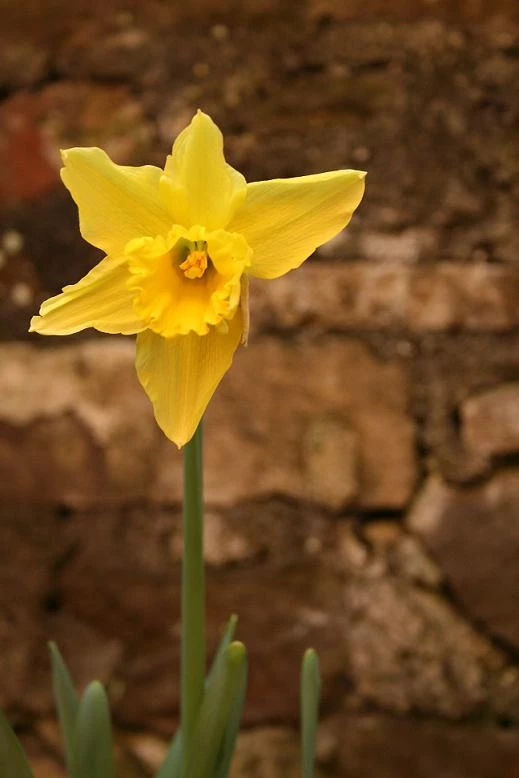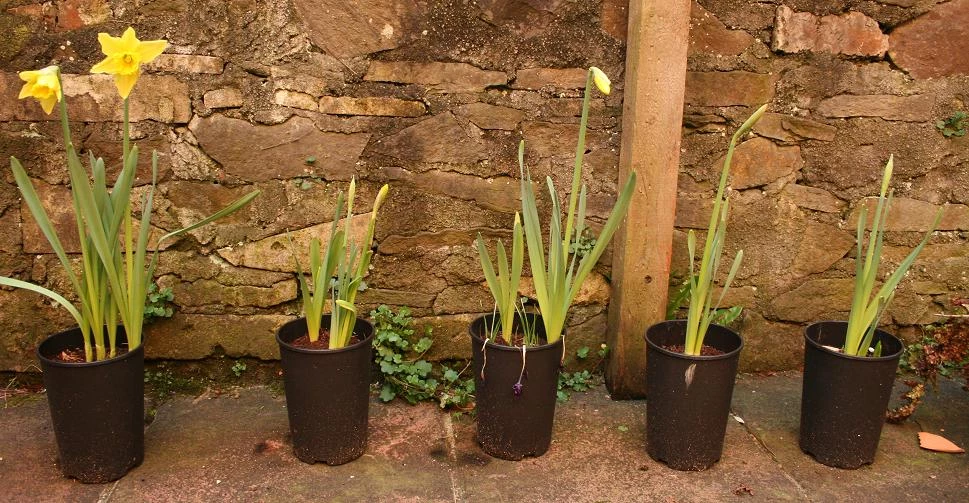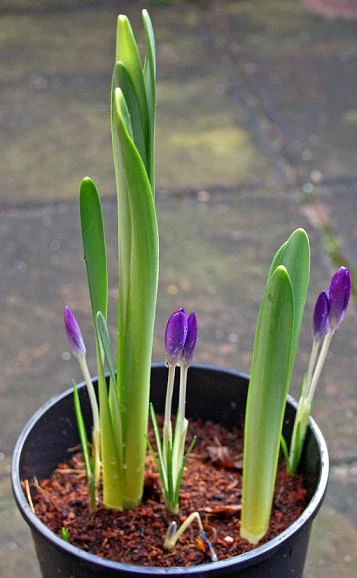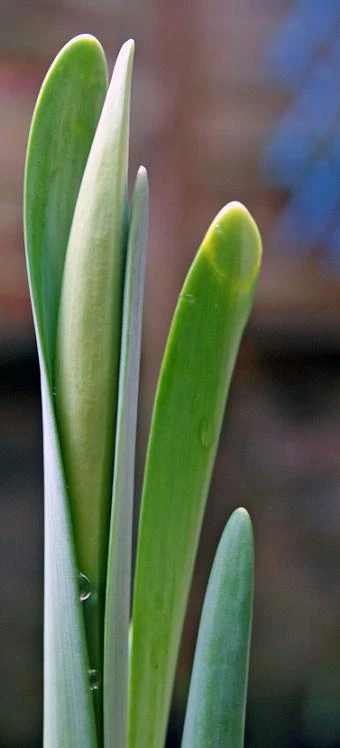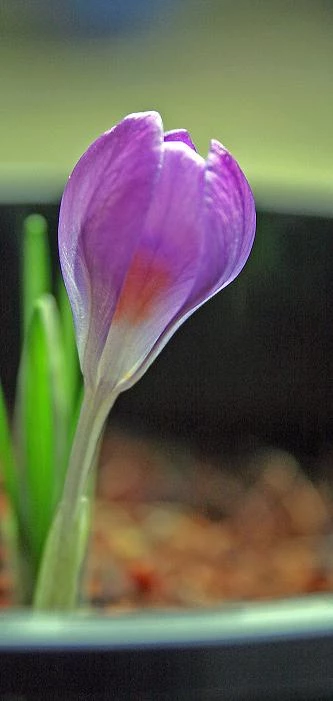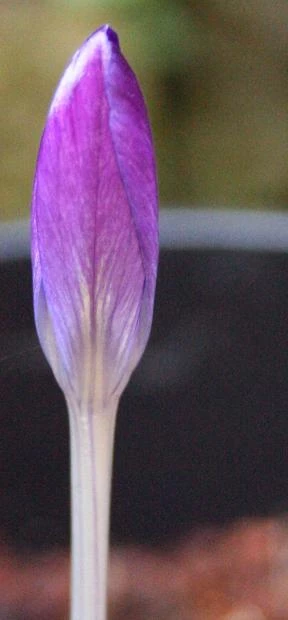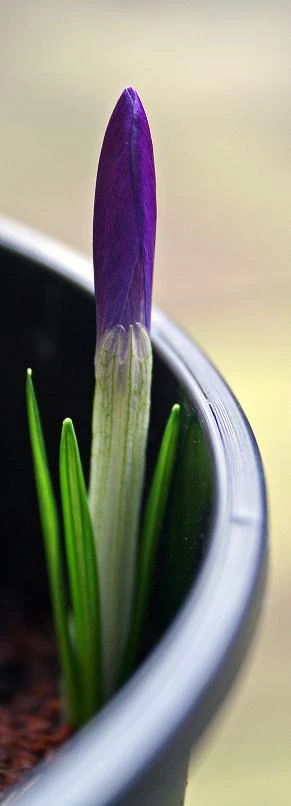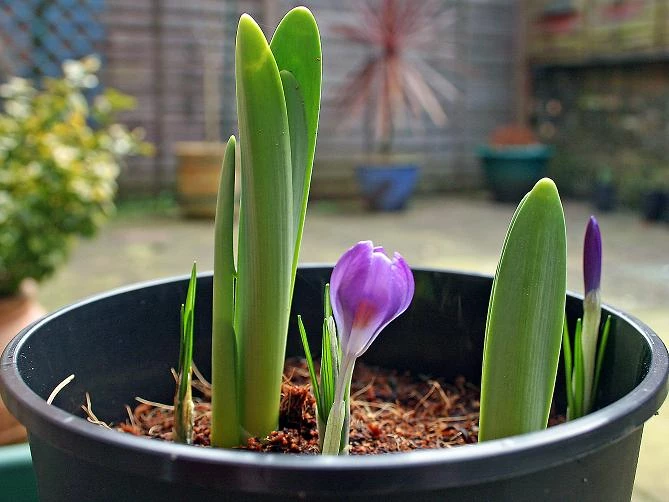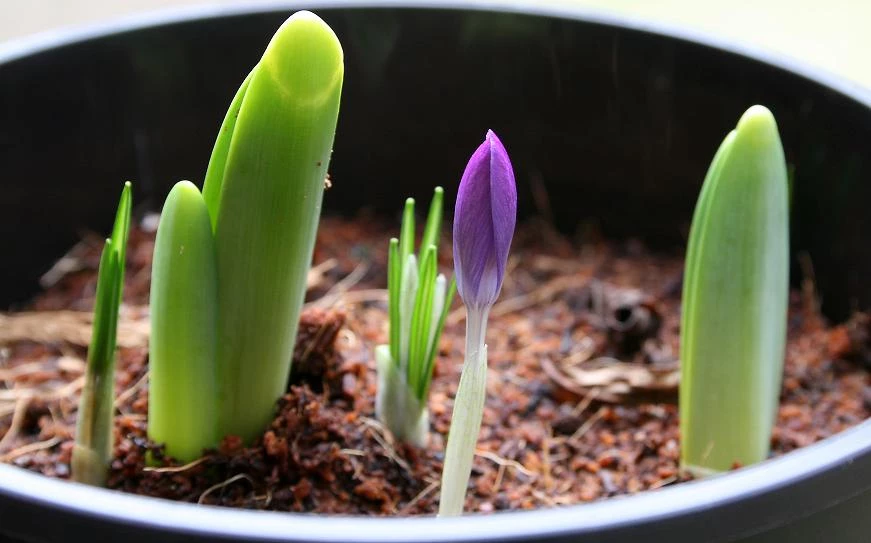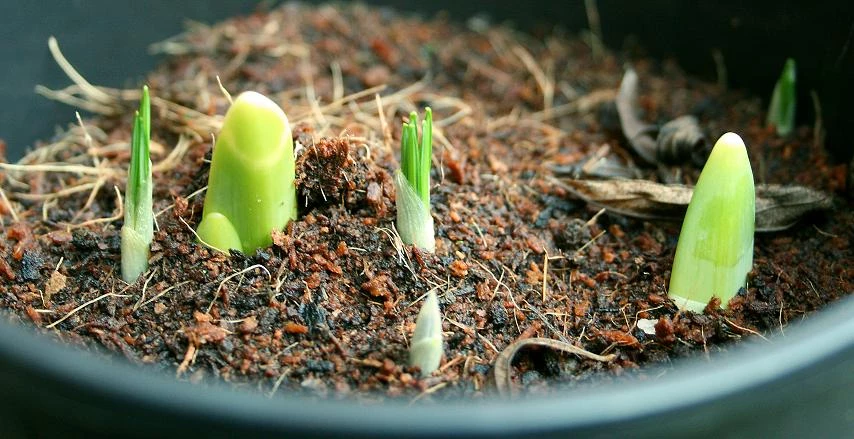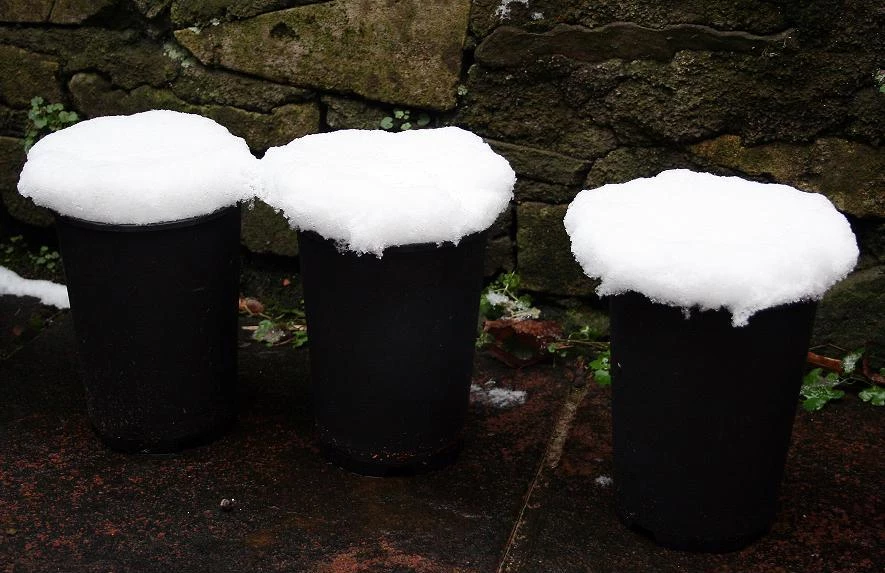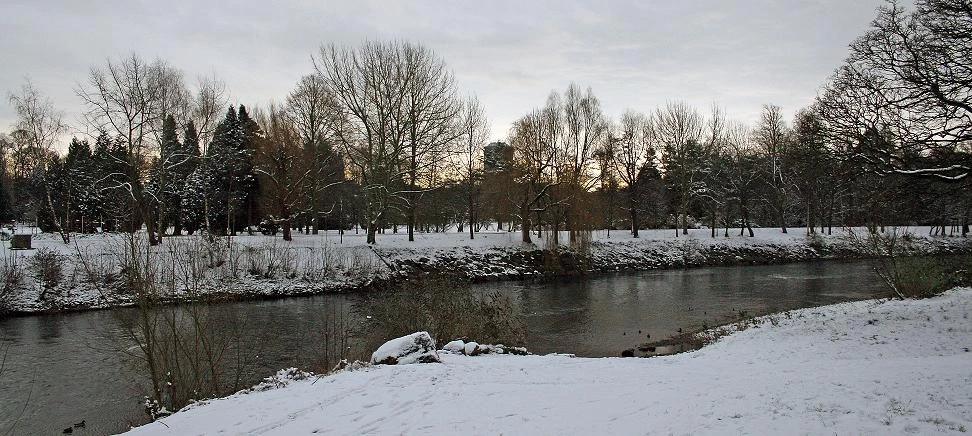National Poetry Day 2009 at Big Pit
2 November 2009
On National Poetry Day in October 2009, Big Pit’s poet-in-residence Mike Jenkins encouraged visitors to contribute to a ‘BIG Big Pit poem’. The theme of National Poetry Day was ‘Heroes and Heroines,’ and contributors wrote about the heroic people who worked in difficult conditions and jobs in coal mines.
Contributions came from 3 schools: Goetre Junior School, Merthyr, Queen Street Primary School, Abertillery and Oldbury Wells High School in Shropshire. Mike awarded a signed copy of his children’s poetry book ‘Poems for Underage Thinkers’ to the junior classes for their inspired efforts.
Adult poets were:
Mike Tanner from Blaenavon, Justin Hamilton from Kilbirnie, Derek Edmondson from Woodford, and Mr and Mrs Gilbert from Little Witcombe, as well as Big Pit staff.
Find out more about Mike’s award-winning poetry and prose by visiting his website: www.mikejenkins.net.
BIG BIG PIT POEM
A communal poem created at Big Pit on National Poetry Day 2009
Underground what will we see?
Underground is dangerous
Ponies hauled dram after dram
Thrusters and hurriers pushing tram after tram
Pickers hitting as hard as they can
Children crying and crying.
The canary was a warning.
Lots of water on the ground
It was leaking into the pit
Getting deeper and deeper.
It was dark like night when the lights went out,
It was scary. Slippery like water.
The cage went fast then slow.
Down the pit there were tracks.
Struggling by the light of lamps.
The axes and sledgehammers were dirty as muddy water.
Some were very old.The men were heroes because they worked twelve hard hours.
The fireman who risked himself to save his workmate’s face,
After a fall, threw himself down to protect his friend.
The horses were heroes because they saved people.
Masks protected the ponies’ faces, some of the ponies died.
Seventy two worked down the mine.
Many of them became blind.
The miner had to pull the drams.
The girls were heroines because they helped.
Dad and son worked side by side
Deprived of sunlight from day to day.
Some men died.
Some men cried.
Coughing up black dust
Working like navvies from dawn till dusk.
Mothers sad when there was an explosion.
A message home when there’s no hope left
Scratched into a bottle.
Day and night death always occurred.But everyone pulled together
Washing away the day’s toil.
A hot bath, joke and a laugh.
To the hole in the wall, have a fag
Desperate for that first drag.Figures hunched against the driving rain
Thirsting for the hoppy nectar
To soothe away the pain.
